Walking Door-to-door For Education

Having recently joined Educate Girls, I have heard, learned and read about the organization, the model and its impact as much as one can. However, reading about something sitting in an office in Mumbai and actually experiencing something on the field in rural India are two very different things. Fortunately, this March I found myself on a field visit to one of our new districts, Banswara in Rajasthan, where I got to see our operations firsthand.
When Educate Girls enters a new district, we start by recruiting district office staff, followed by Block and Cluster level staff. This new district staff is responsible for conducting the village profiling and geographical mapping activities along with the school information campaign. These activities help us in assessing the current situation of villages and schools. It also helps us reach out to Panchayat members, government officials, and other key influencers. Then we conduct a door-to-door survey to identify out-of-school girls in each village which is crucial in knowing the current situation of education of the village.
On day one of my visit, I experienced the door-to-door (D2D) survey. It is conducted by our Field Coordinators and Team Balika (community volunteers). Once they have mapped each house in every village of the block, the field coordinators and Team Balika talk to all the families to identify out of school girls… and I’ve got to say that that’s one tough task.
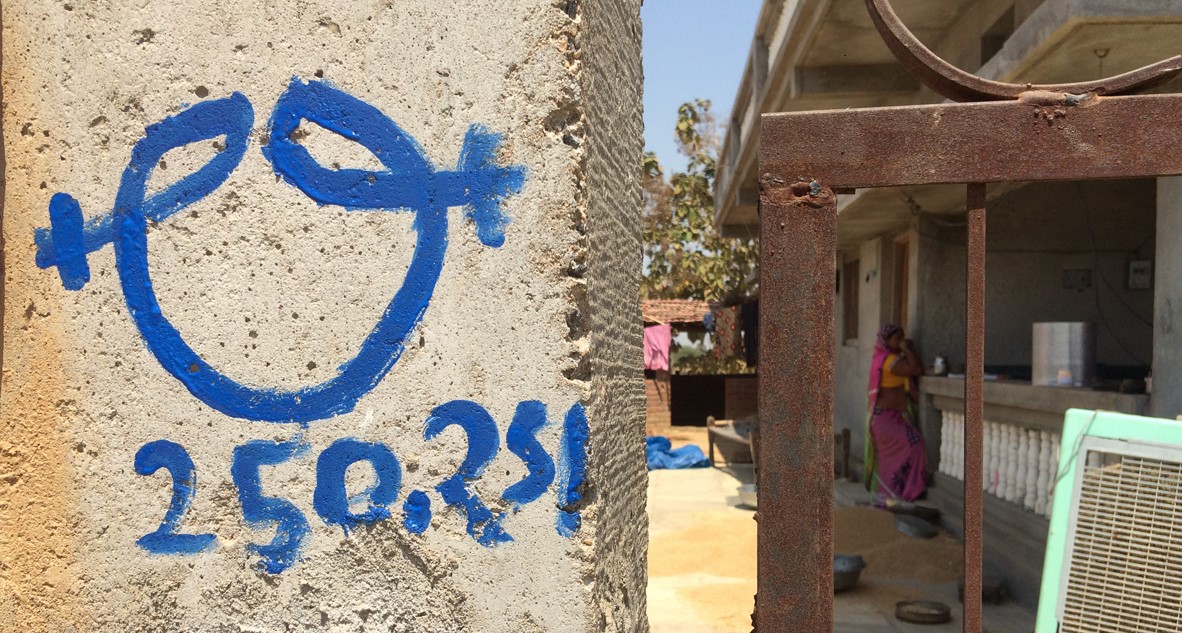
Here are some of the many challenges I’ve seen them face firsthand while conducting the survey.
Walk, climb, hustle
While many villages are easily accessible, some are simply too hard to get to given the terrain and lack of proper routes in rural areas. Furthermore, the survey is conducted between the months of February to May when the temperatures can easily reach around 40 degrees Celsius or more. To walk house to house, village to village, in these conditions is quite difficult (so carrying two liters of water in my bag didn’t seem so pointless at the end of the day after all).
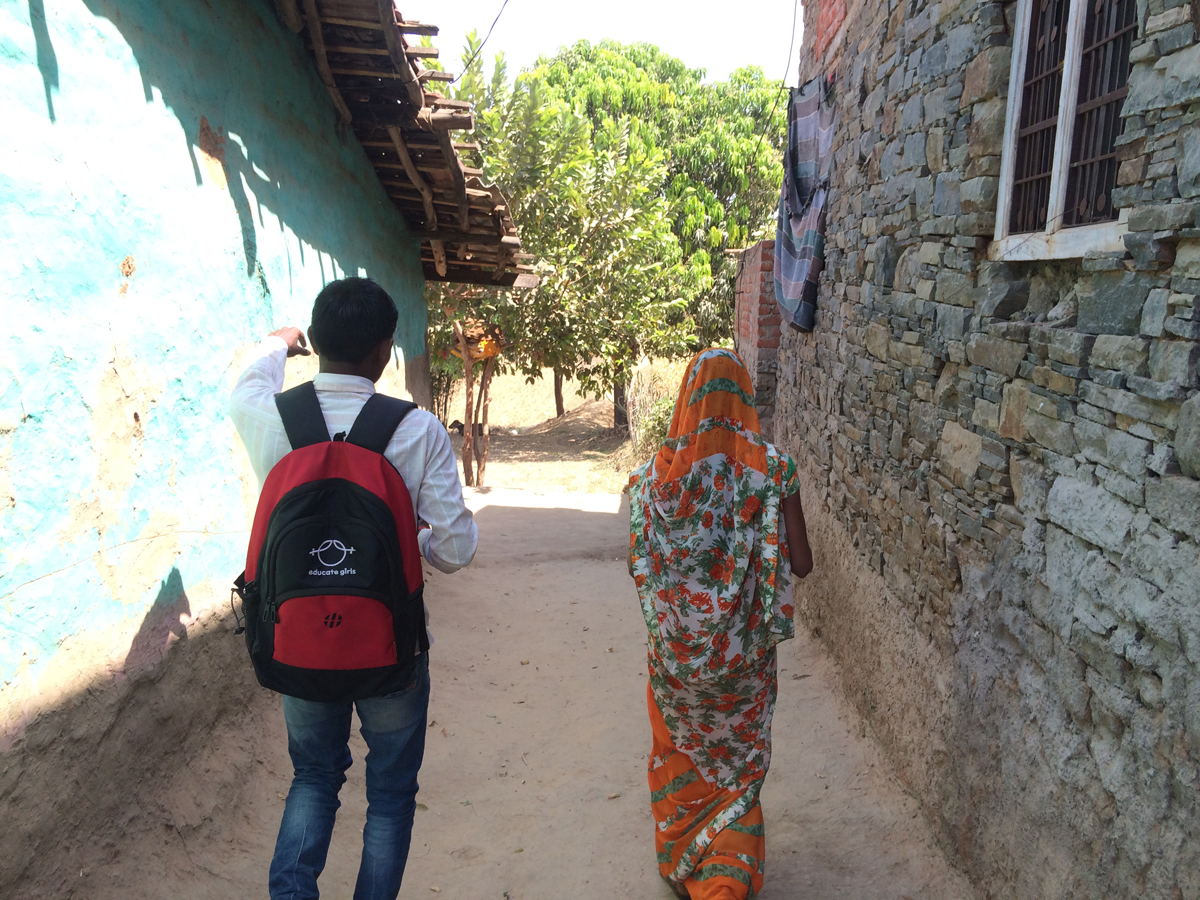
Far, far away
Some villages can be vast in size, and the houses there are often situated very far from each other. In one of the villages, I saw that one house was about 600-800 meters away from another with forested areas, wide water bodies or fields in between; so there’s no proper route to walk from one to another. Last month, on another visit, I saw that there’s a river between some hamlets and the main village, so as many as 8-9 kids had dropped out as they couldn’t cross the river and walk through an unsafe route to school. As a result of these factors, a lot of valuable time and energy is spent by our Field Coordinators and Team Balika to get to each house (and no, they don’t skip even a single one).
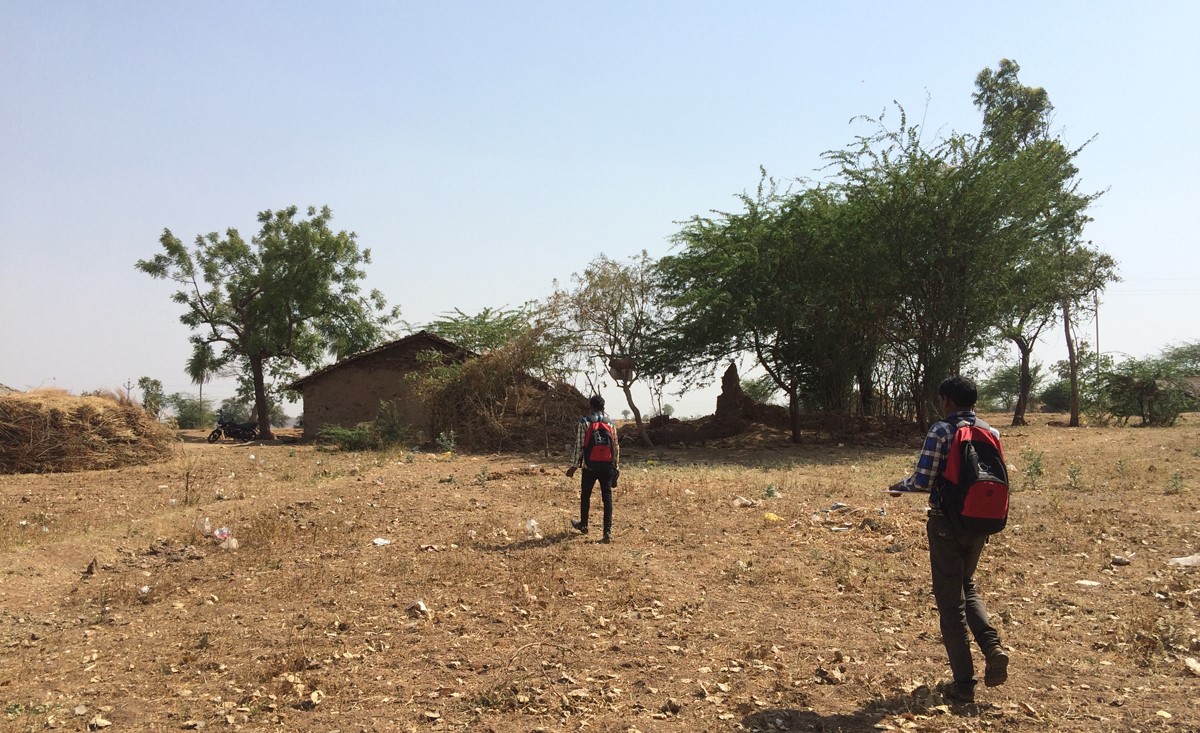
There’s no one at home
As if the challenge of walking long distances wasn’t enough, you often won’t find the parents at home, especially if both, the mother and the father, are farmers or laborers. There can be other reasons too. For instance, we visited a house where the elders were spending the day at their son’s house who lived in the next village. In such scenarios conducting an accurate survey is difficult. Regardless, our team goes over and over again to ensure every family and house in the village has been accounted for.
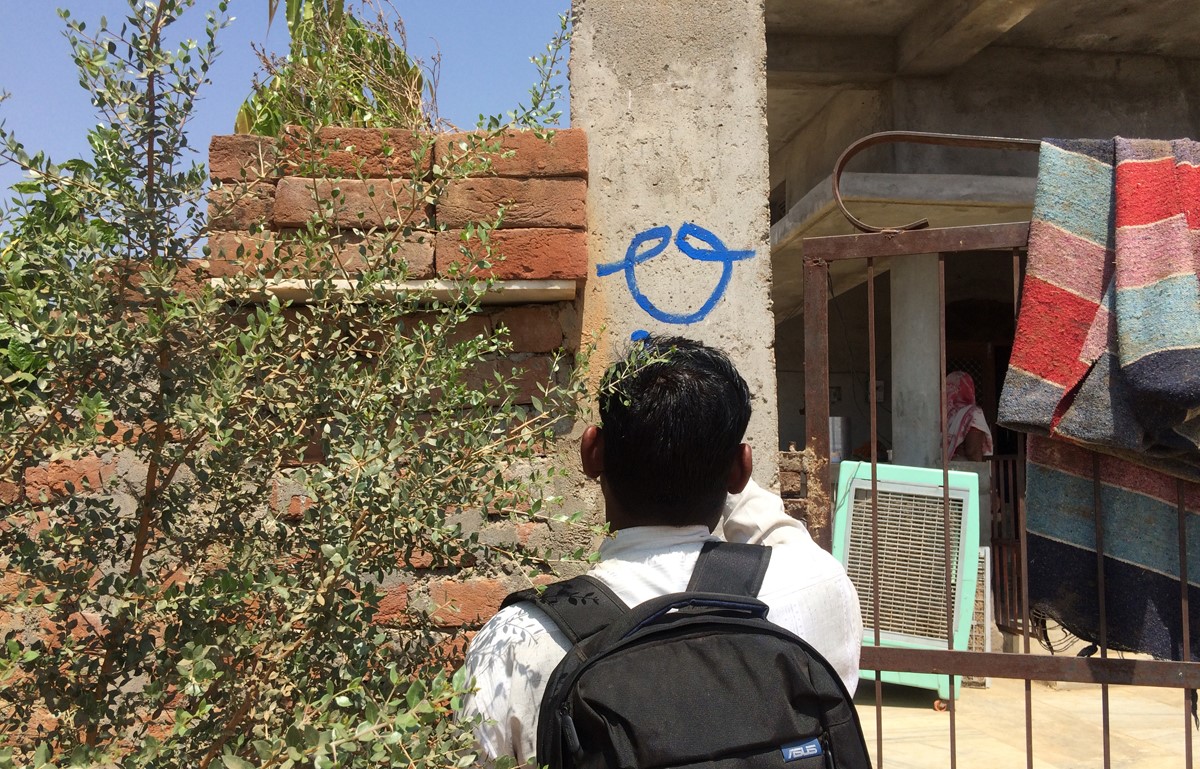
You’re Not Welcome Here
Though most villagers are sympathetic and simple, some can be quite violent and unreceptive to our efforts due to old attitudes and cultural barriers.
On one of the days I was there, two field coordinators were conducting a survey in a village when some drunk locals started chasing them and accusing them of trying to corrupt the youth of the village. They ran for over two kilometers and hid somewhere for the rest of the day as the locals were still chasing them on their bikes.
This incident was immediately reported to the field staff and the Block Officer will be speaking with the Sarpanch (village head) and school authorities to prevent a recurrence. Though not an everyday story, we get to hear these incidents quite often from the field. We’ve got to appreciate the sincerity of these associates who still want to go back and ensure the survey is completed properly. I genuinely feel lucky to be able to share their story and struggles.
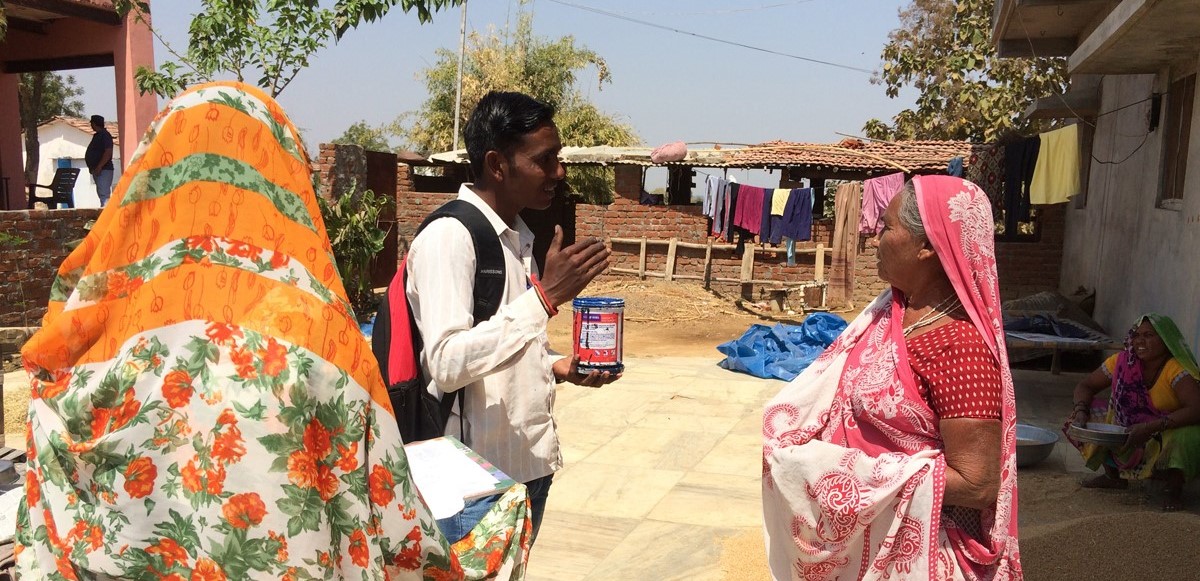
All in all, each step of our model isn’t without a fairly rough set of challenges. Hats off to our fierce army of regional staff, field coordinators and Team Balika who execute work each day in the most efficient way possible.
Devika Bharadwaj
Communications Team, Educate Girls
Disclaimer: The views expressed in this article are those of the author and do not necessarily reflect the official policy or position of Educate Girls.
Educate Girls
Posted on April 11, 2017
Interested in contributing towards
educating girls?
Quick Links
Resources & More
Keep helping. Stay Updated.
Child Protection Policy | Privacy Policy | Terms of Use | Employee Login | IT Assets
Educate Girls is a project of Foundation To Educate Girls Globally (FEGG) | FEGG is registered in India under Section 8 of the Indian Companies Act, 2013.
© 2018 All rights reserved. Educate Girls.

